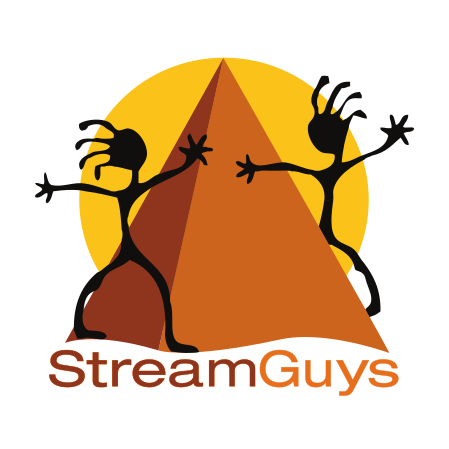Latest News
StreamGuys Next-Generation SGreports Integrates with SGroyaltyreporter
New solution streamlines audience analytics and royalty compliance, delivering accuracy for
broadcasters and content providers
WHYY Elevates the Public Radio Experience with StreamGuys and Vincit
WHYY-FM enhances the listening experience with its new custom app, leveraging StreamGuys’ technology for smarter streaming, flexible on-demand access, and deeper engagement
StreamGuys Promotes Two to Executive Layer
Longtime sales/marketing and engineering leaders take on new responsibilities in EVP roles
StreamGuys Adds Rewindable Audio and Video Analytics to SGreports
Direct integration with SGrewind’s time-shifting service captures the front-end habits and preferences of consumers, helping broadcasters and content producers make programming and advertising decisions
StreamGuys Brings Monetization Message to Hispanic Radio Conference
Vice President of Technology Eduardo Martinez will contribute to June 12 panel exploring trends and technology reshaping Hispanic radio
StreamGuys Updates IsMyStreamUp Stream Monitoring Service
New for NAB 2025, version 2.0 of the CDN-neutral represents a complete overhaul to improve the user experience and response times while opening the service to new customers
StreamGuys Launches Revenue Support and Consulting Service for Programmatic Growth
New managed provides dedicated team of StreamGuys revenue experts to broadcasters and content publishers to support business strategies and ad tech management
StreamGuys Adds AI Magic to On-Demand Workflows
New for NAB Show 2025, first AI workflow integrations assist production staff by automating tagging requirements for ad insertions, power captions and translations for podcasts and on-demand media
StreamGuys Revives Simulcast Fan Experience with Ultra Low Latency Streaming Service
StreamGuys introduces a new ultra-low-latency streaming service that brings synchronicity to the “second screen” experience of a live sports event, removing the delay that takes audio/videos streams behind real-time.
